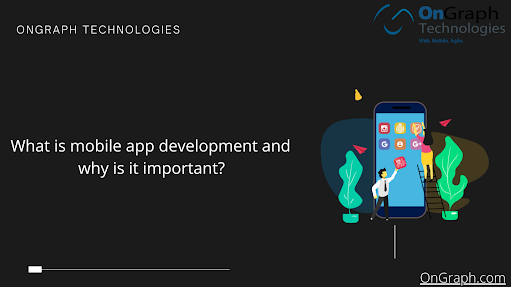Flutter App Development: General Introduction and Quick Stats
Since the very release of the stable version 1.0, Flutter app development has started winning the hearts of developers all around the globe. As a robust and ambitious SDK by Google for mobile app development, Flutter helps developers to target both Android and iOS platforms simultaneously with a single code.
What makes Flutter app development even more appealing is the fact that it can make applications compatible with the upcoming Fuchsia operating system of Google.
The mobile app market these days is inclining toward a strong user experience-driven app development process. The biggest obstacle that comes here is its division in Android and iOS app development. The users of both of these operating systems are scattered across the globe. Thus, while targeting a huge audience, entrepreneurs cannot simply avoid any of them. Skipping any of these OS can result in a bad brand experience.
In order to meet this problem, Flutter app development is considered as a good solution. Flutter app developers can create cross-platform apps by making use of it.
So, What is Flutter?
Flutter basically is an open source technology of Google for building web, desktop, and mobile apps using a single codebase. Contrary to other popular solutions, Flutter is just not a library or a framework! It’s a complete SDK (Software Development Kit).
When developers build the same app for different platforms, they have to face some of the challenges such as security tests, functionalities, source code maturities, and UI performance.
App development with Flutter helps to resolve such issues with great ease. Flutter apps are written in Google’s object-oriented programming language, Dart. It was selected by keeping four criteria in mind - Object orientation, high performance, faster allocation, and developer productivity.
Flutter is an extremely powerful and an easy-to-use language for experienced as well as fresh developers. It improves their productivity exponentially and thanks to Flutter widgets, the developers can provide a powerful UI experience.
Let’s have a quick look at some of the interesting facts and figures of Fluter.
Statistics of Flutter App Development
After .Net Core and Torch, Flutter is the third most loved frameworks according to a Stack overflow Survey.
According to Google Trends, Flutter is the second top programming language in 2020 followed by React Native to build customized cross-platform mobile applications.
Alibaba Group, eBay, GROUPON, and Google have chosen Flutter app development to create robust apps in a short time.
Since its launch in May 2017, Flutter is considered as one of the most popular platforms for building iOS and Android and one of the most robust cross-platform app development frameworks.
Final Thoughts:
Flutter app development helps companies to get versatile solutions for resolving many general issues. SMEs and Startups can also grab opportunities with feature-rich and customized apps that can run easily on Android and Apple devices.
On one hand, small companies hire Flutter app developers for saving big on development cost and time, and on the other hand, big companies prefer Flutter as it helps them to get rid of a decentralized team of developers. Here, we can also safely say that Flutter can definitely be considered as a future of mobile app development.



Comments
Post a Comment